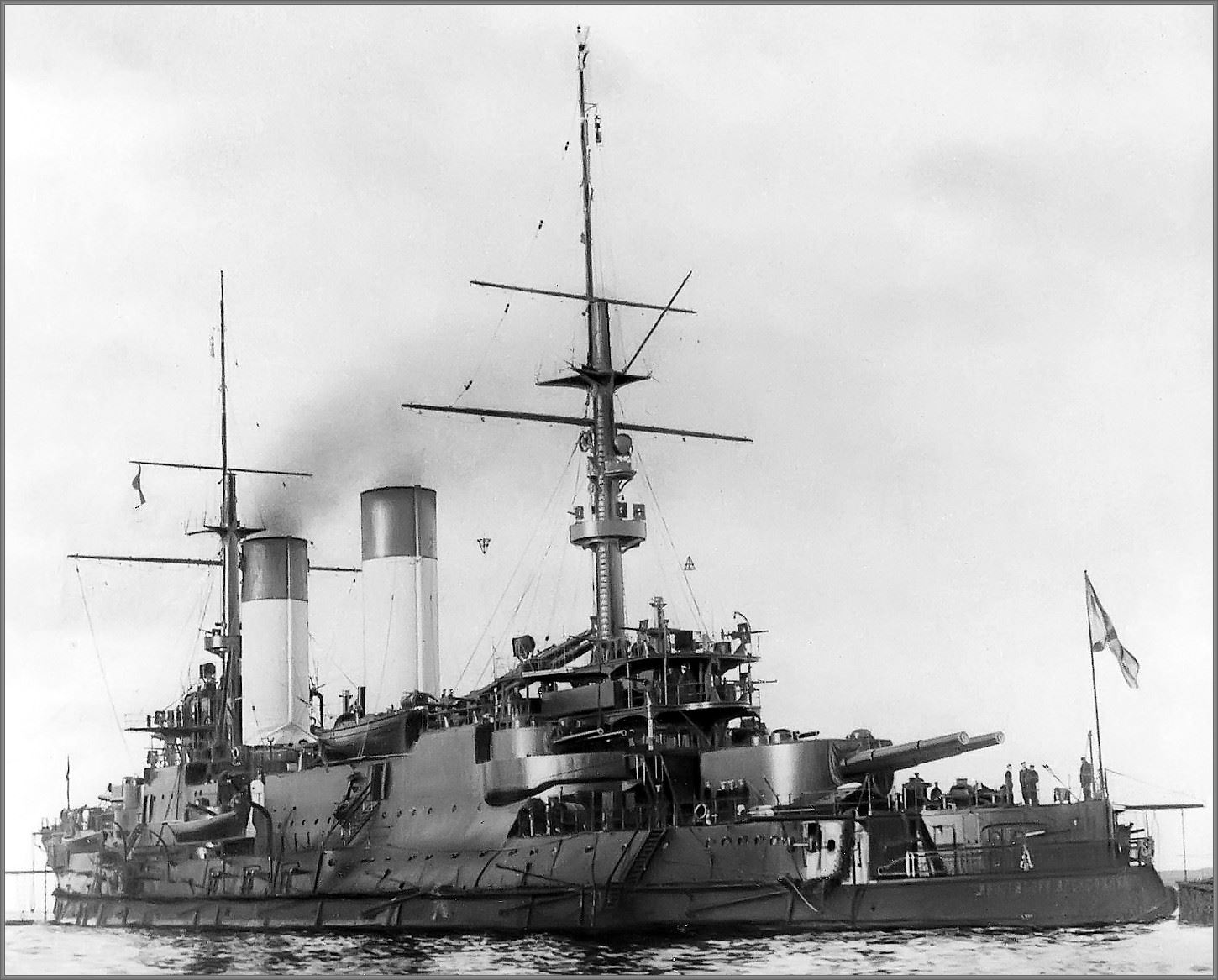


Even mixed-caliber battleships completed after HMS Dreadnought were referred to as "pre-dreadnoughts", since this was an accurate reflection of their fighting value. Since dreadnought battleships could engage effectively at two or three times the range of pre-dreadnoughts, these older ships passed rapidly into obsolescence. HMS Dreadnought also introduced the steam turbine into battleship design, in its way this was as revolutionary as the gun layout. This design made all earlier battleships obsolete overnight - hence the slightly derogatory term "pre-dreadnoughts" for these older battleship, while new "all big gun" designs were termed "dreadnoughts". HMS Dreadnought introduced the concept of the all big-gun battleship, mounting up to 12 large calibre guns. All this pointed to an armament of as many large guns of a single caliber as could be carried. Making spotting corrections from a forest of shell splashes from different calibers was impossible small projectiles could not penetrate armor at these ranges and small, rapid-firing guns had to wait for fall of shot (perhaps 15-30 seconds) before firing again, thus giving up their rate of fire advantage. At such ranges, hits could be obtained only through slow, deliberate salvo fire in which each salvo was spotted and corrections made. The arrival of a reliable torpedo in the 1890's made short-range battle a hazardous proposition, thus battle ranges perforce increased. Meanwhile, steam engines had become quite reliable, and so pre-dreadnoughts were powered by the latest triple-expansion engines. The stays and guys interfered with clear arcs of fire for the guns, and the whole rig was in danger of falling on the guns with the slightest battle damage. Sailing rigs had been abandoned in the 1880s, as it became clear that masts, sails, rope and rig added much top weight without any corresponding value in endurance. The smaller weapons "smothered" (peppered with holes) the "upper works" (superstructure), while the larger, slow-firing weapons could punch through thick armor to the enemy's "vitals" (engines, magazines). The mixed armament was ideal for the battle ranges of approximately 3,000 yards that pre-dreadnoughts were designed for. They were characterized by having a main battery of (typically) four 12-inch (305 mm) guns in two turrets, one fore and one aft, an intermediate battery of a number of guns in the 8- to 10-inch range placed in the superstructure, and a tertiary battery of light, rapid-fire guns for defence against torpedo boats. A classic example of pre-dreadnought was the Royal Navy's Royal Sovereign class. Pre-dreadnoughts were evolved from earlier turret and barbette ships. They were designed and built between about 18. The term pre-dreadnought refers to the last type of battleship before HMS Dreadnought (1906).


 0 kommentar(er)
0 kommentar(er)
